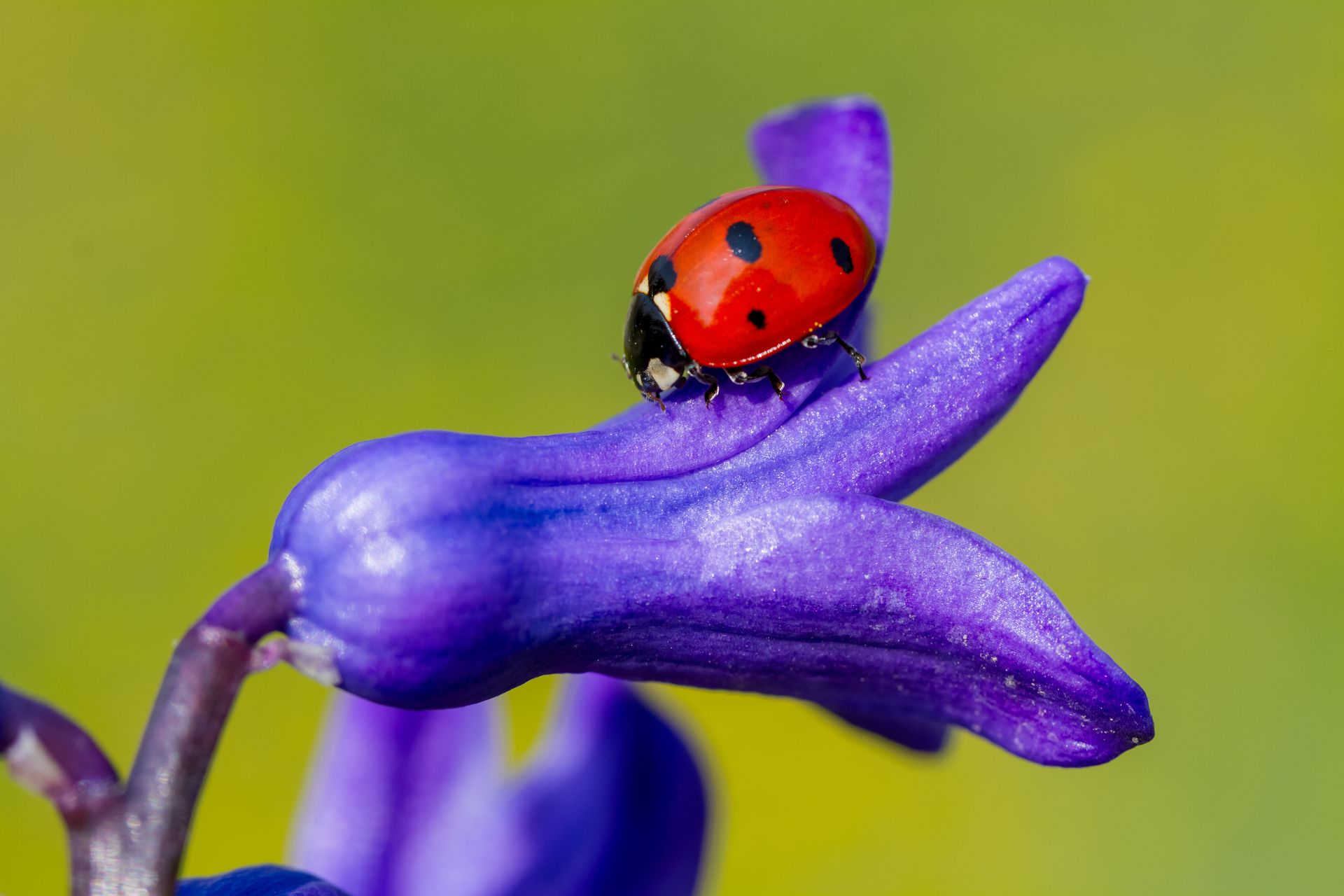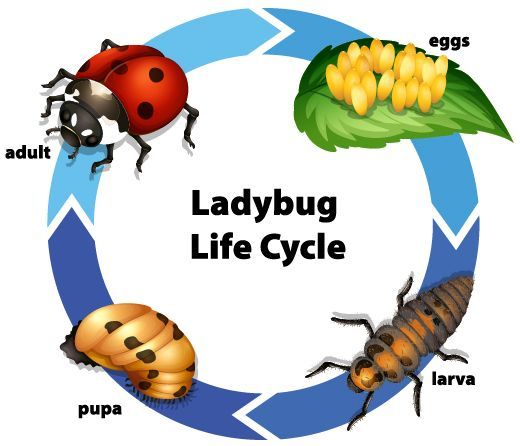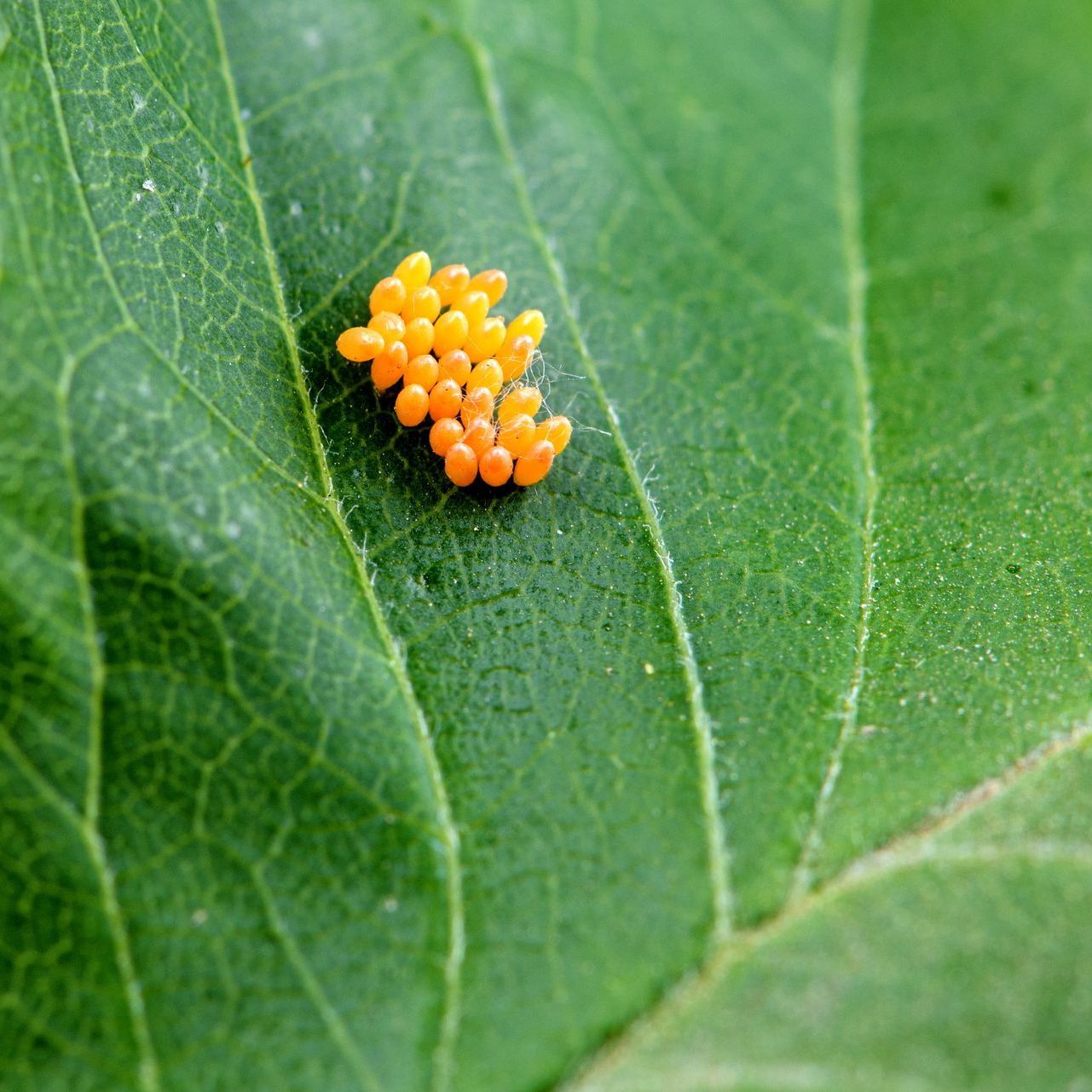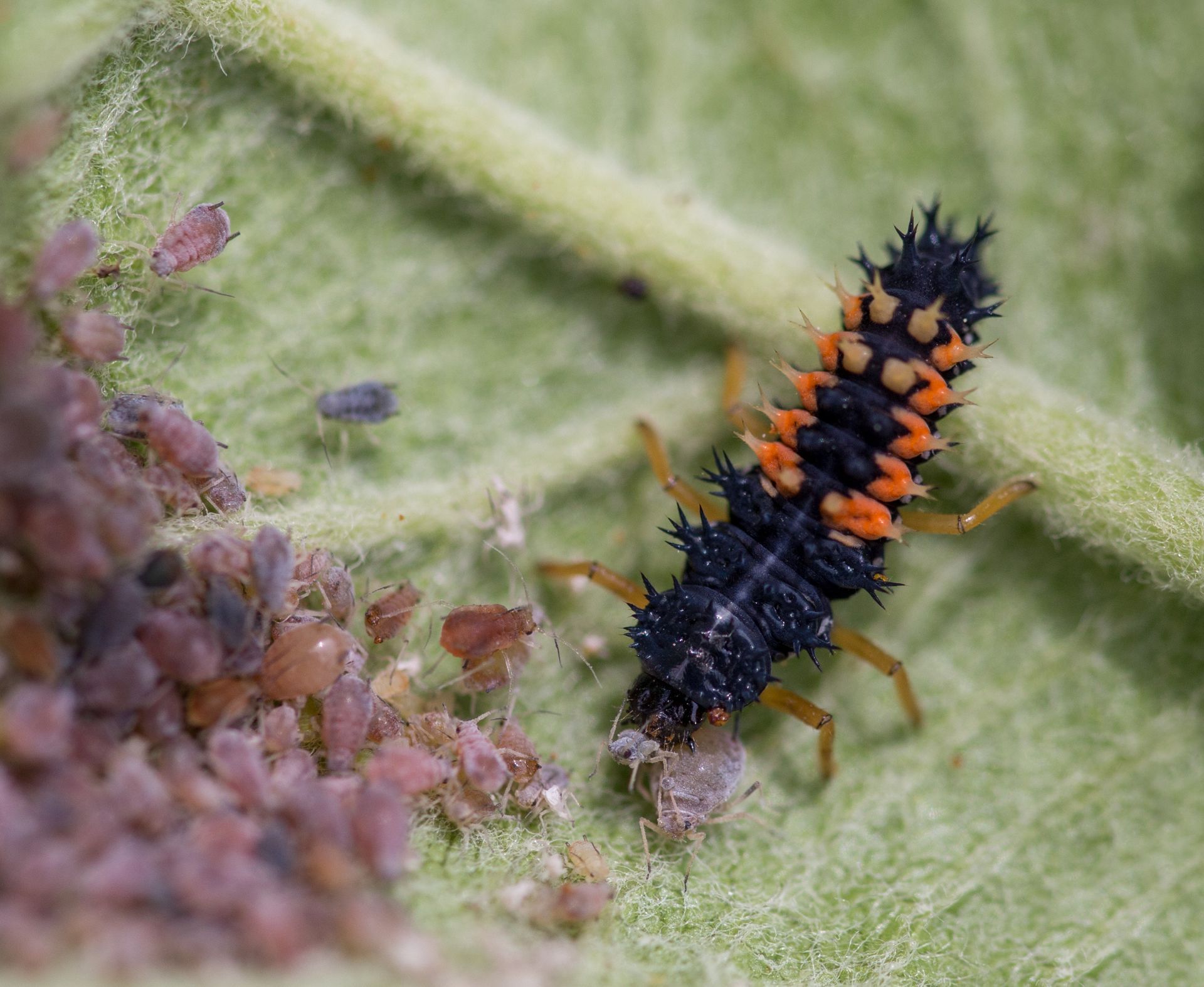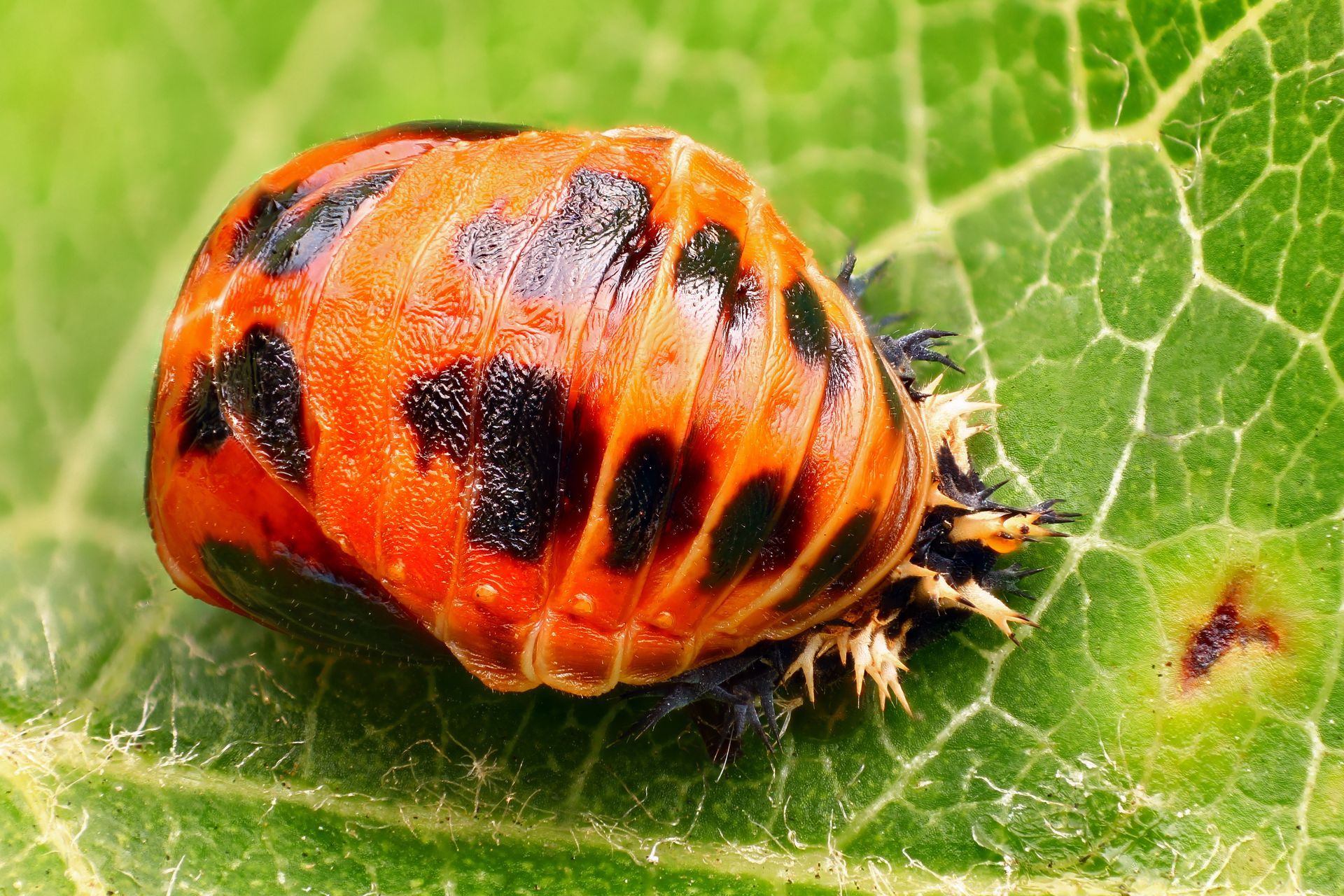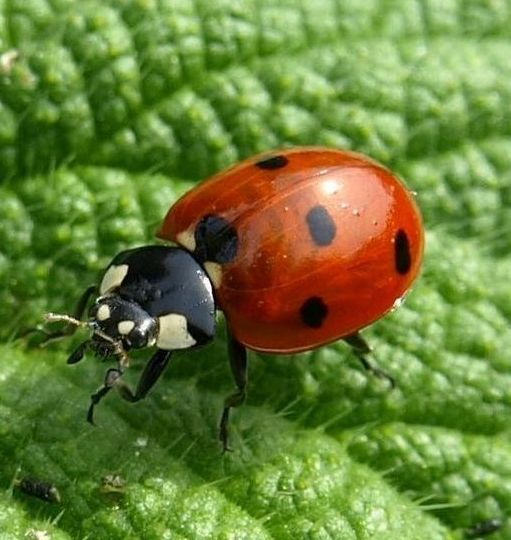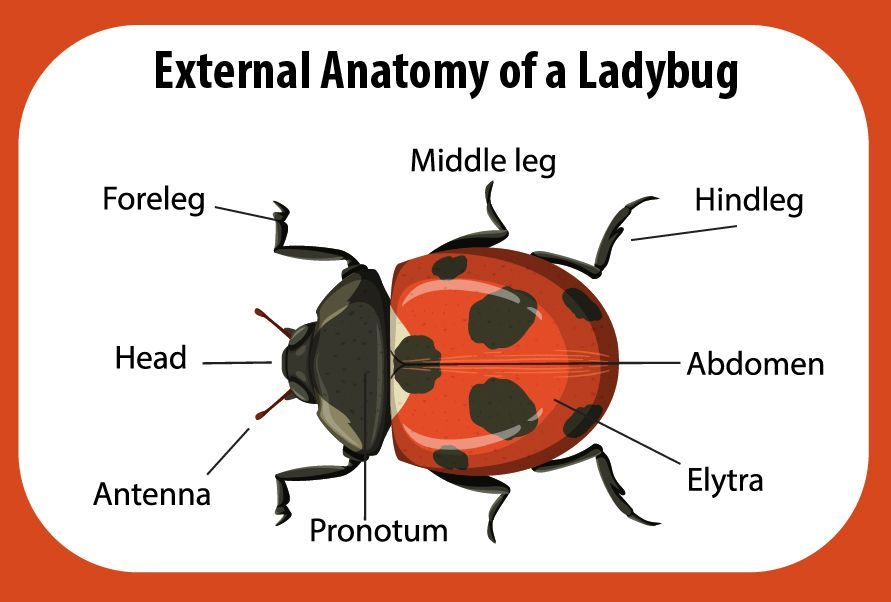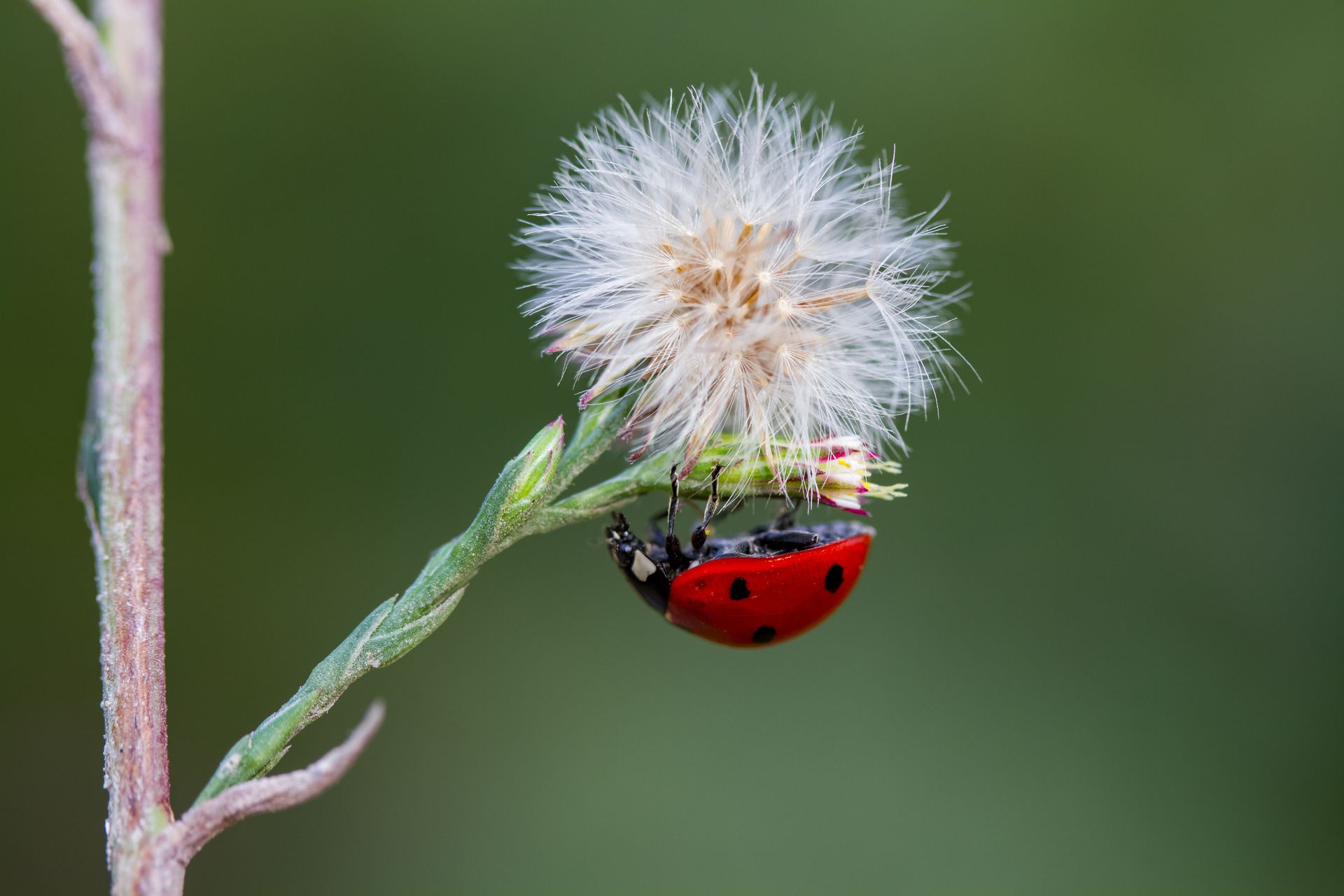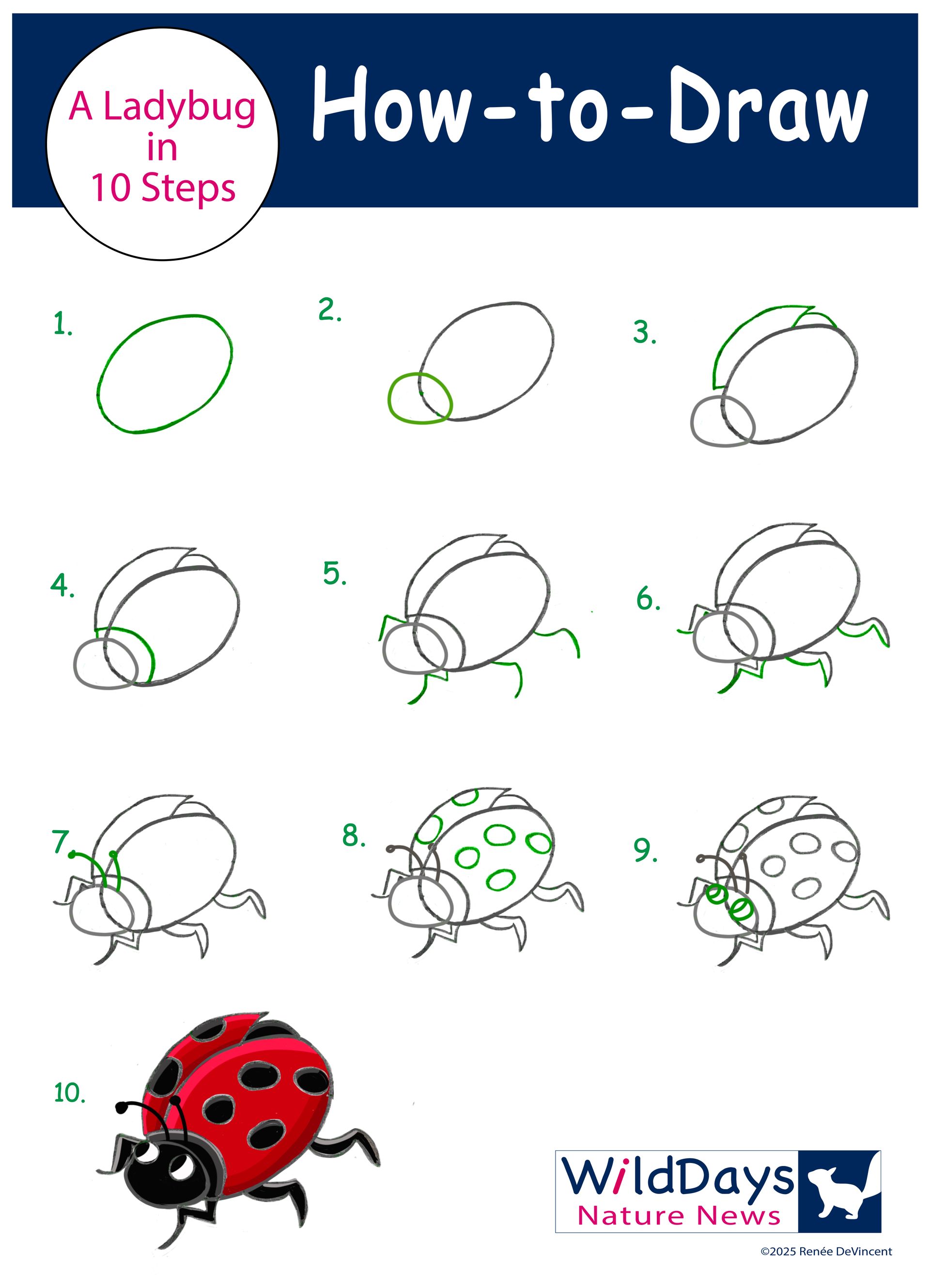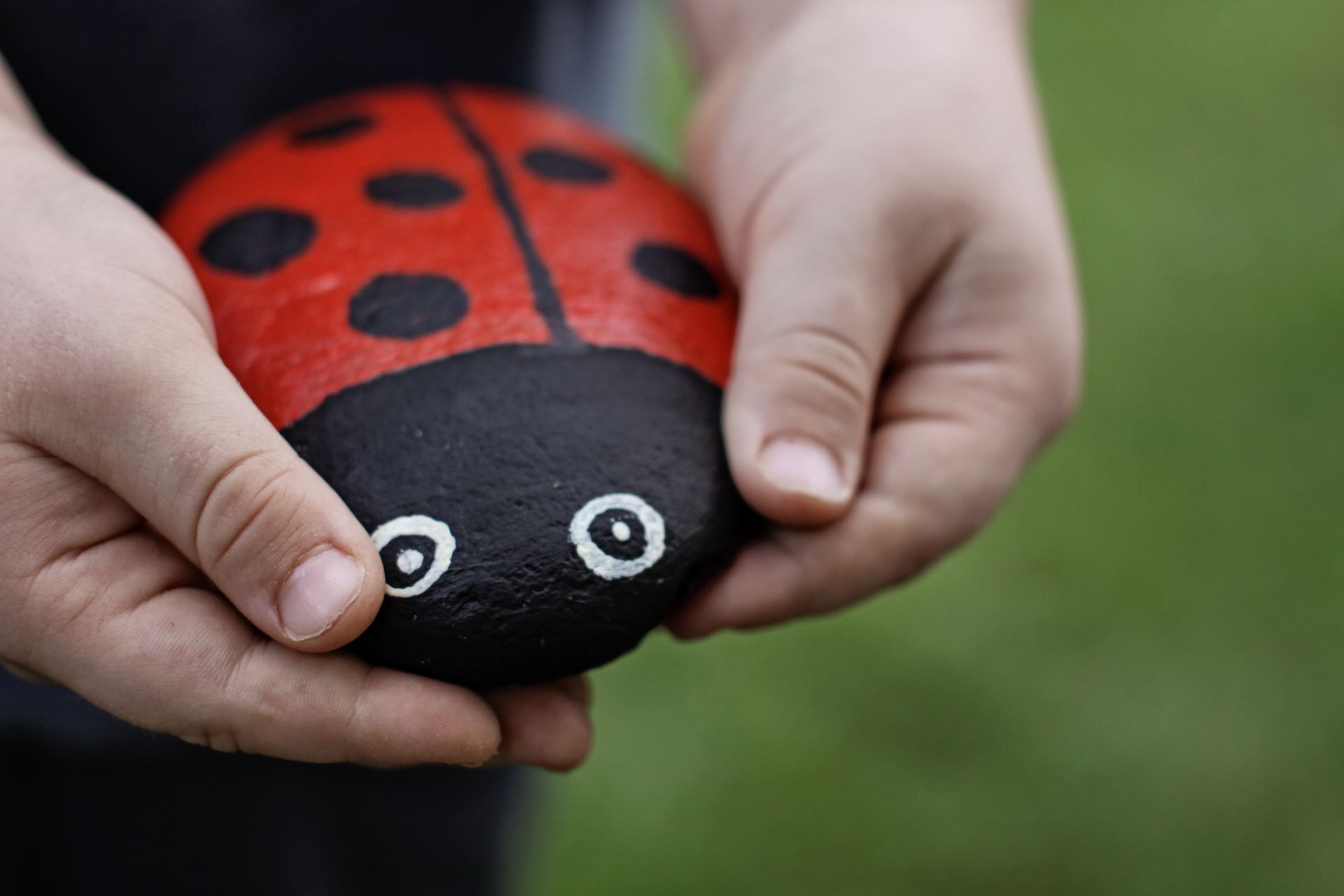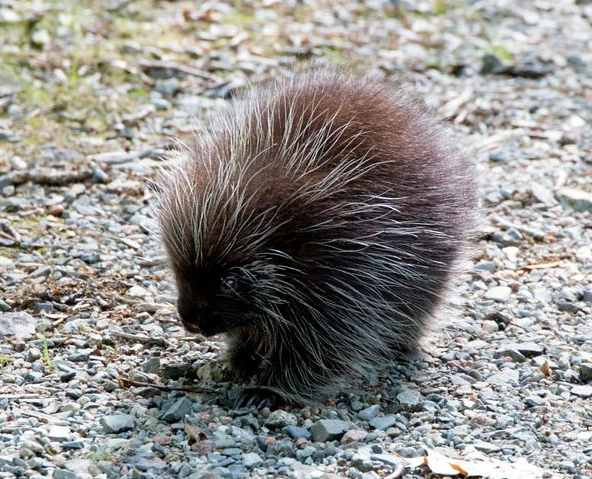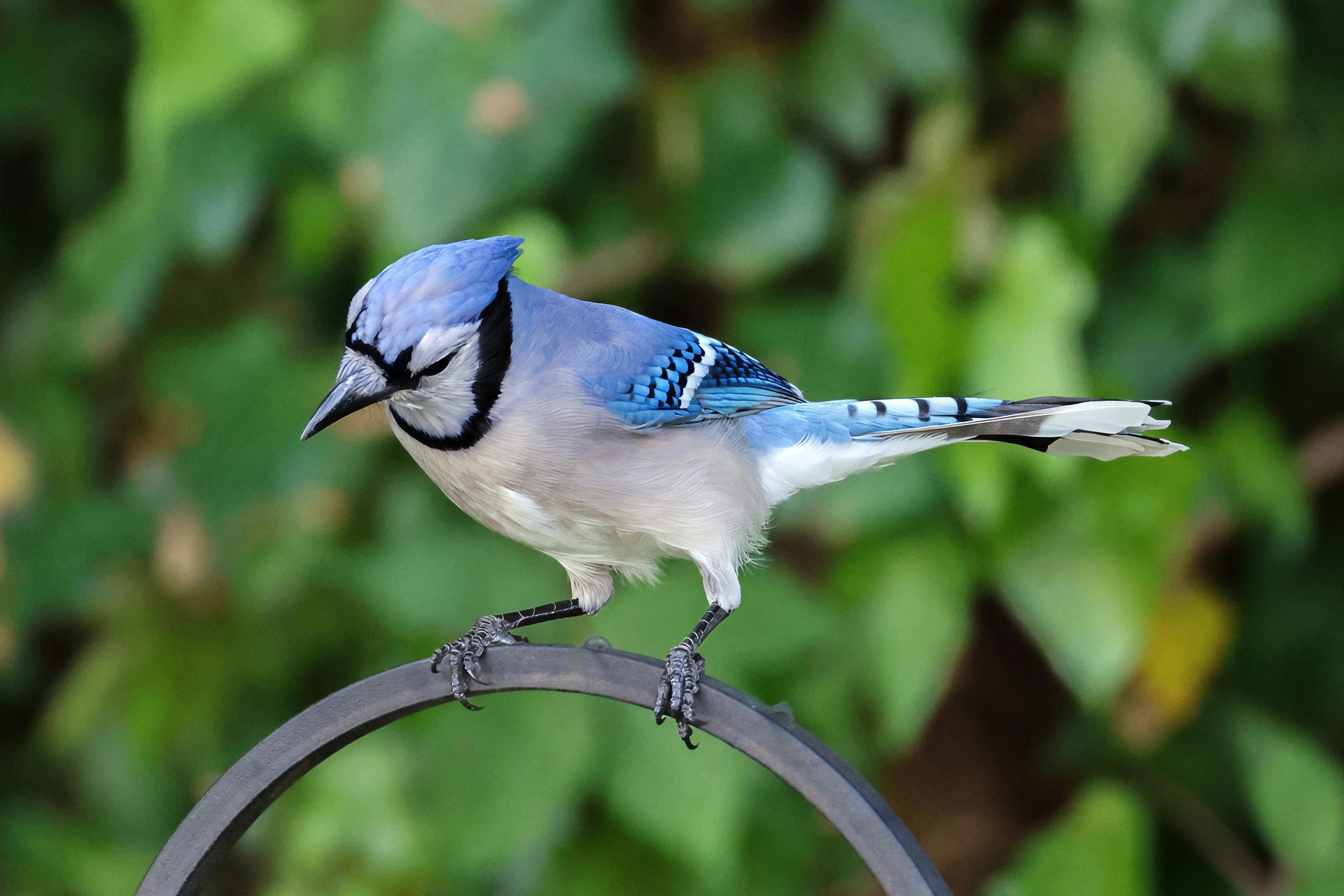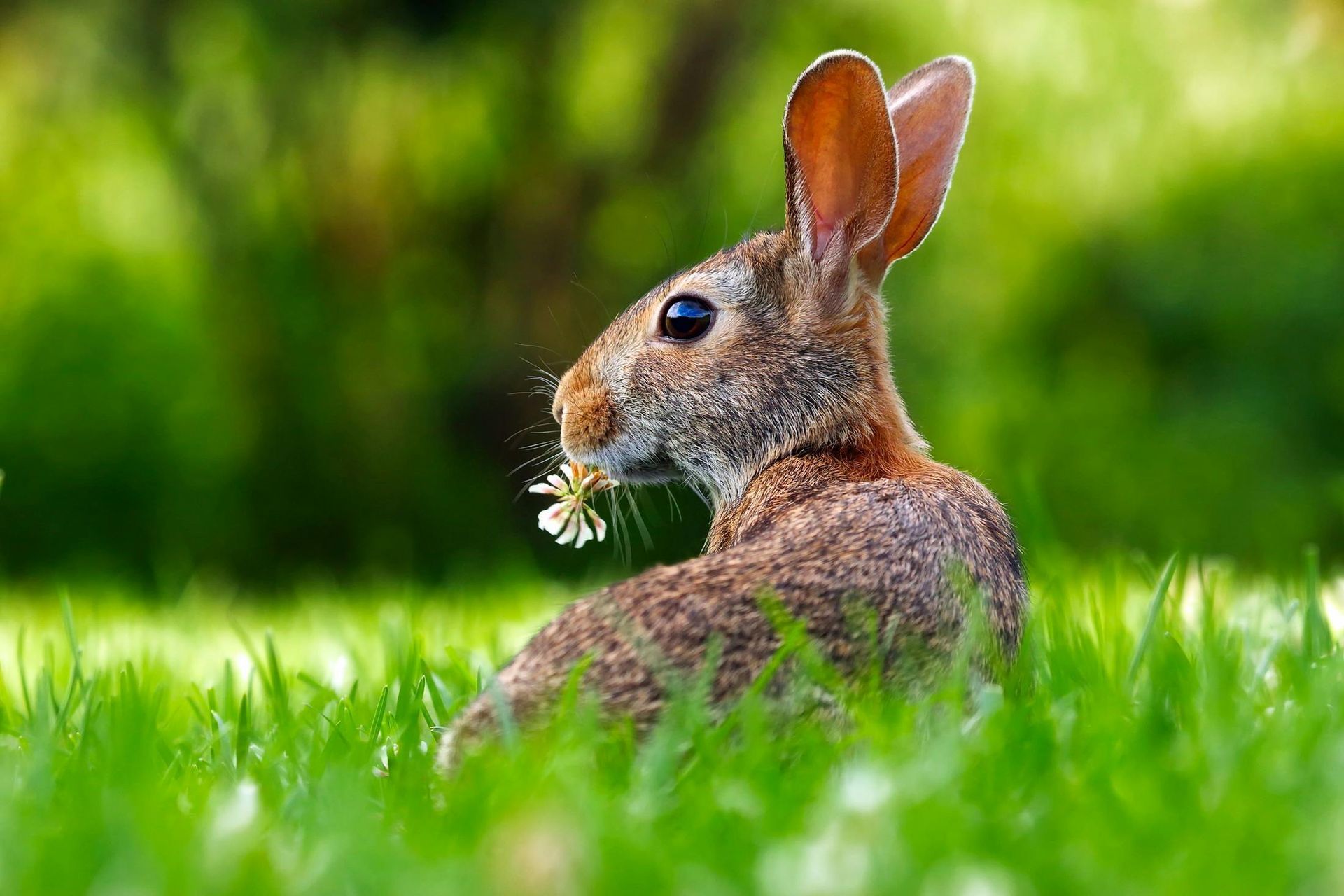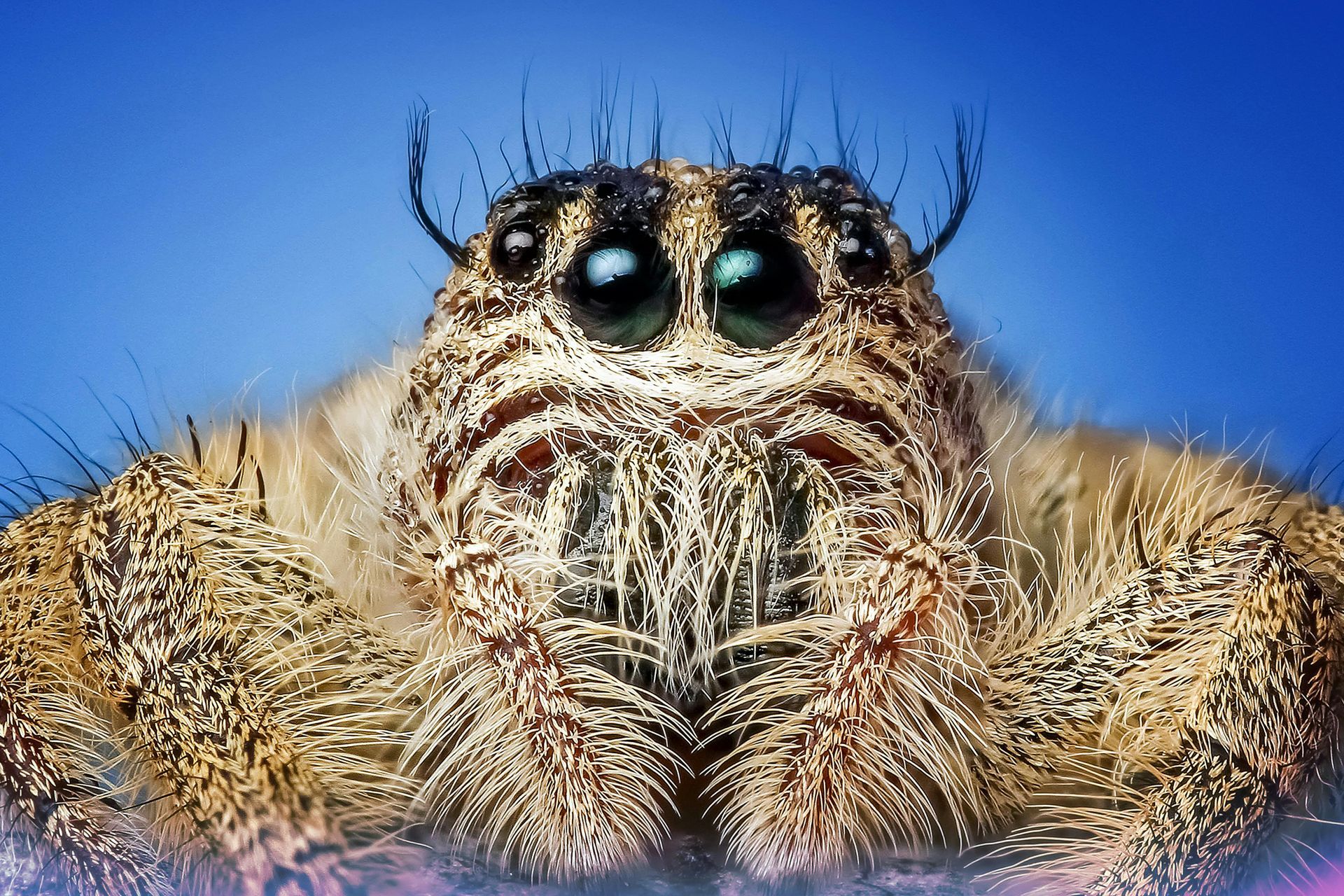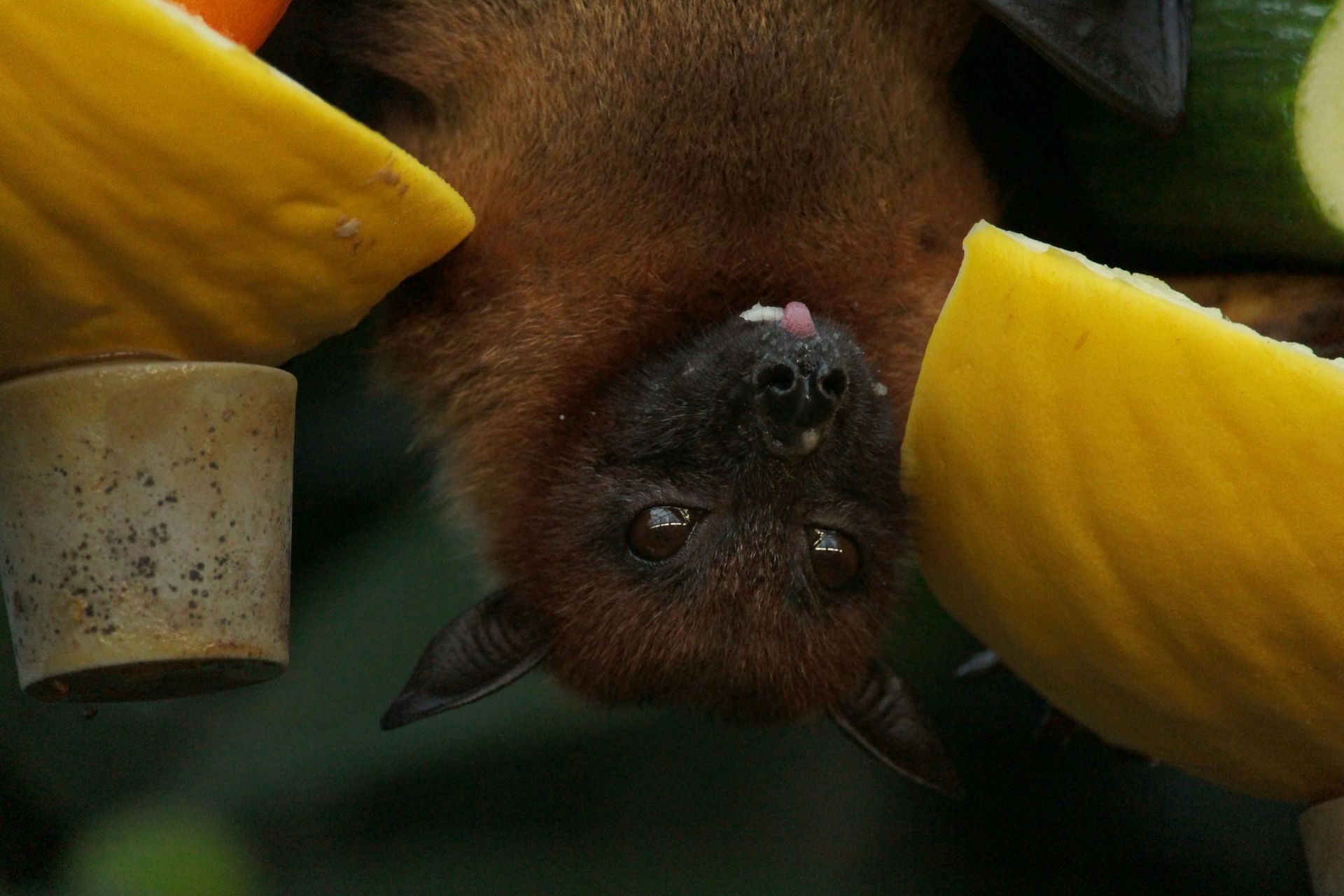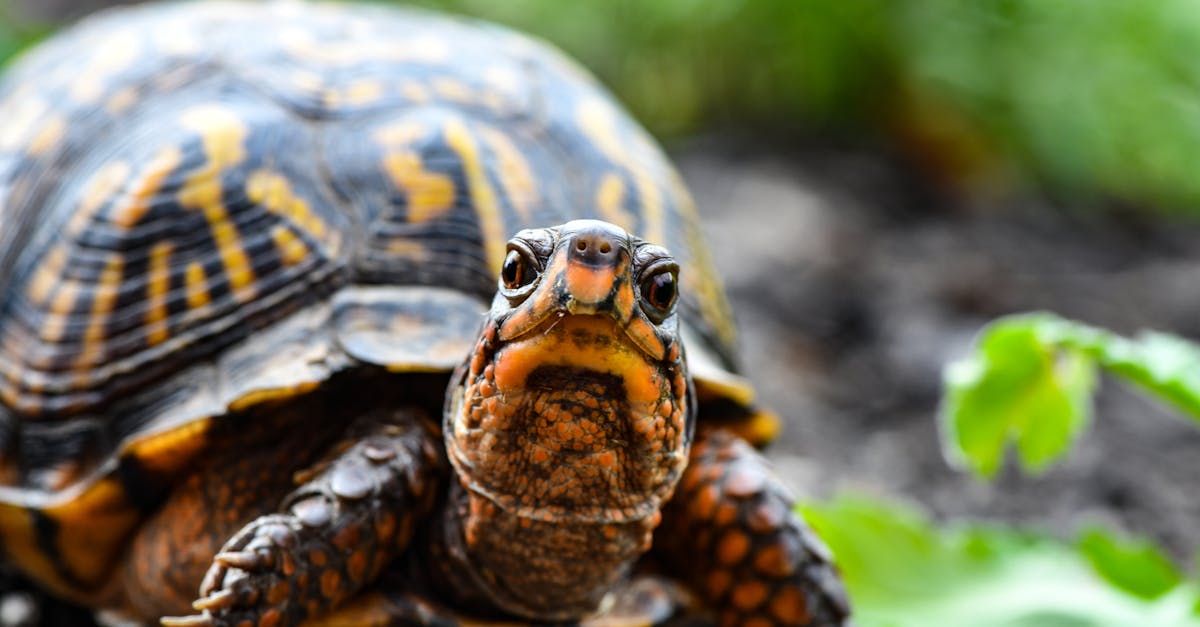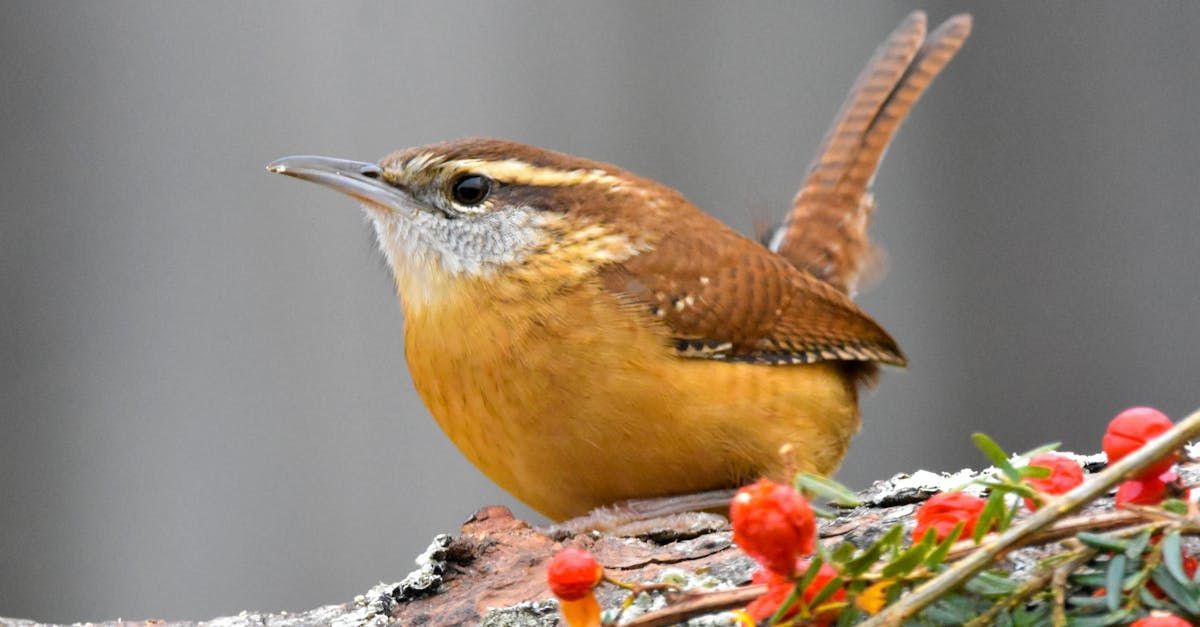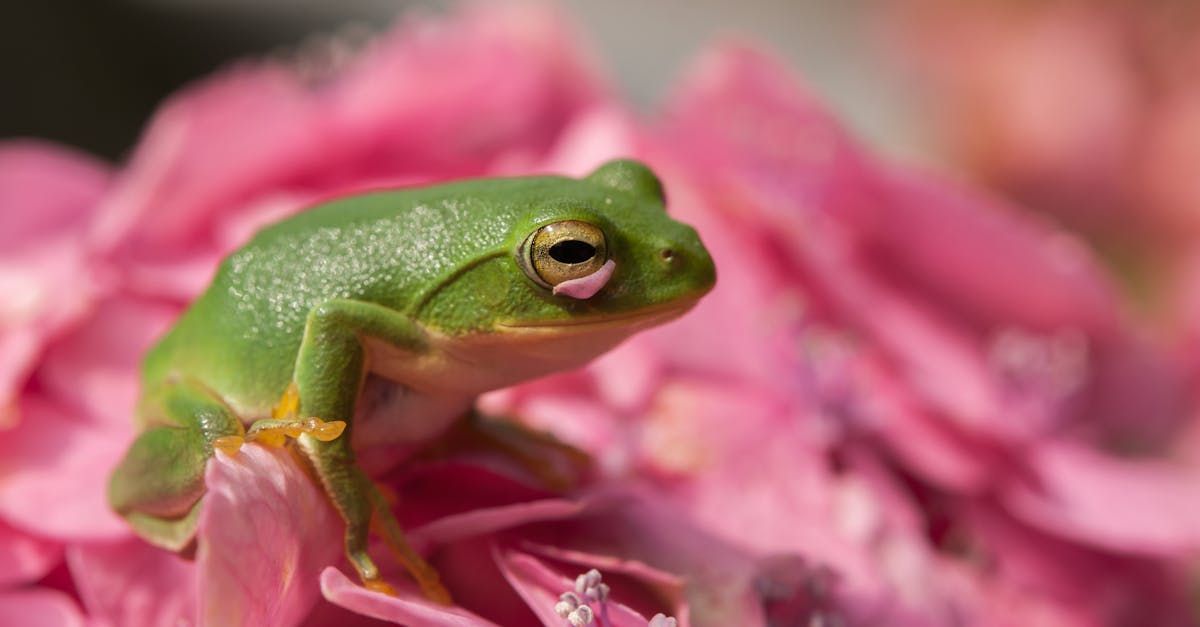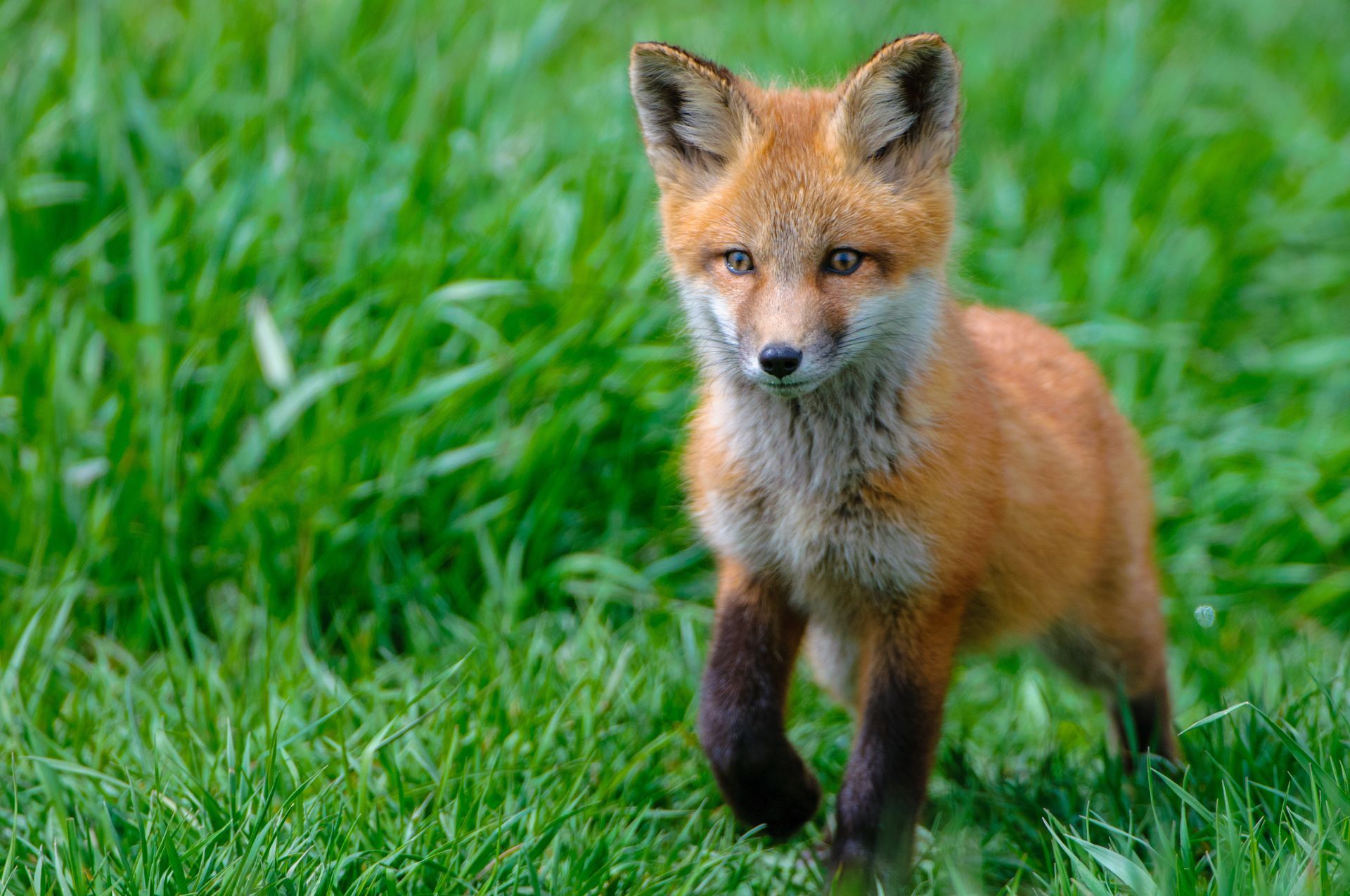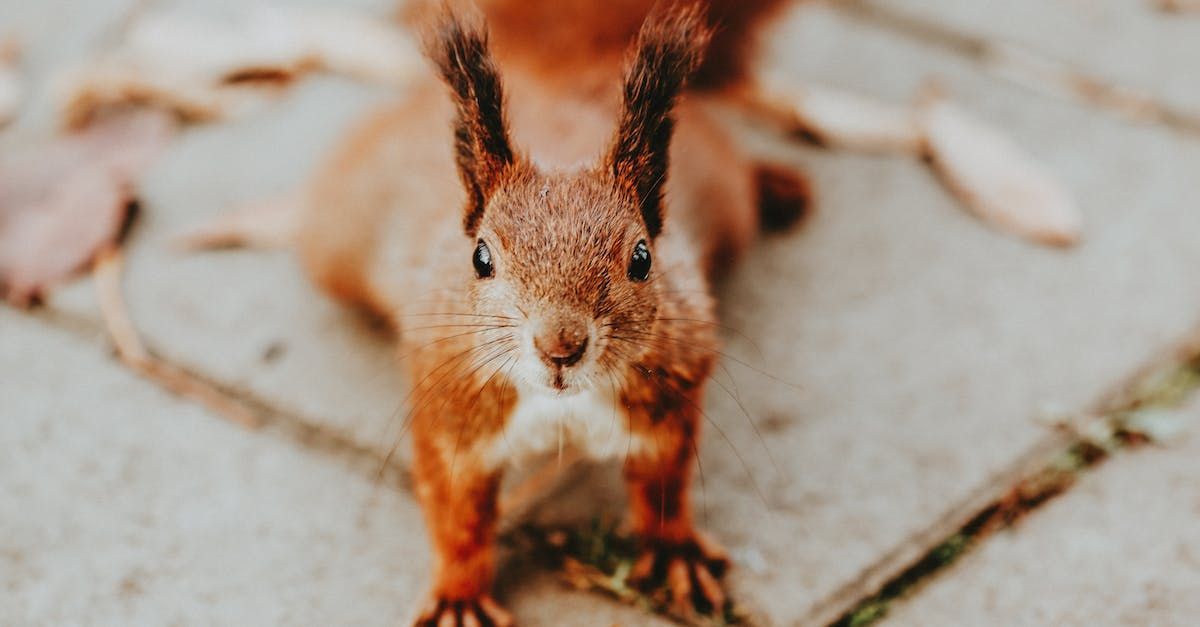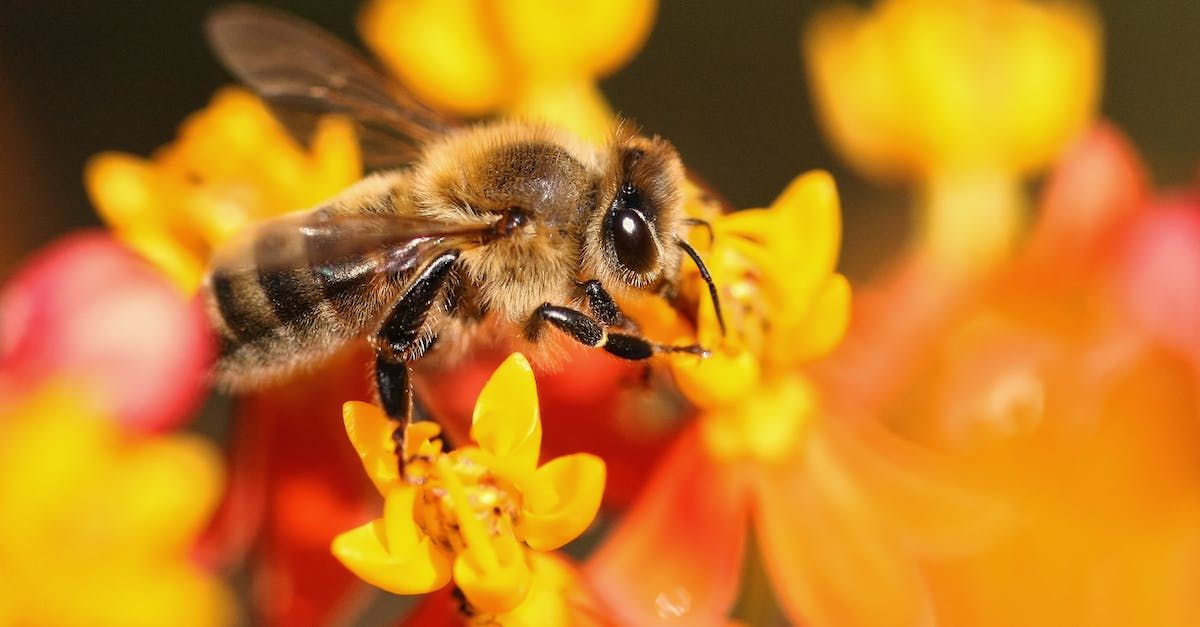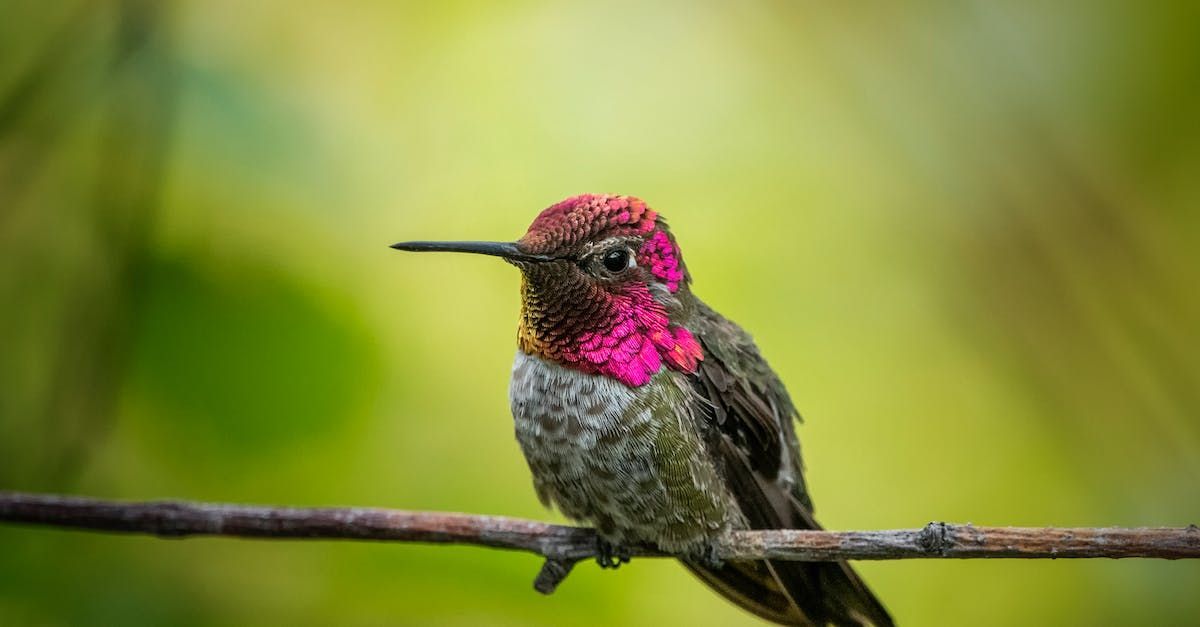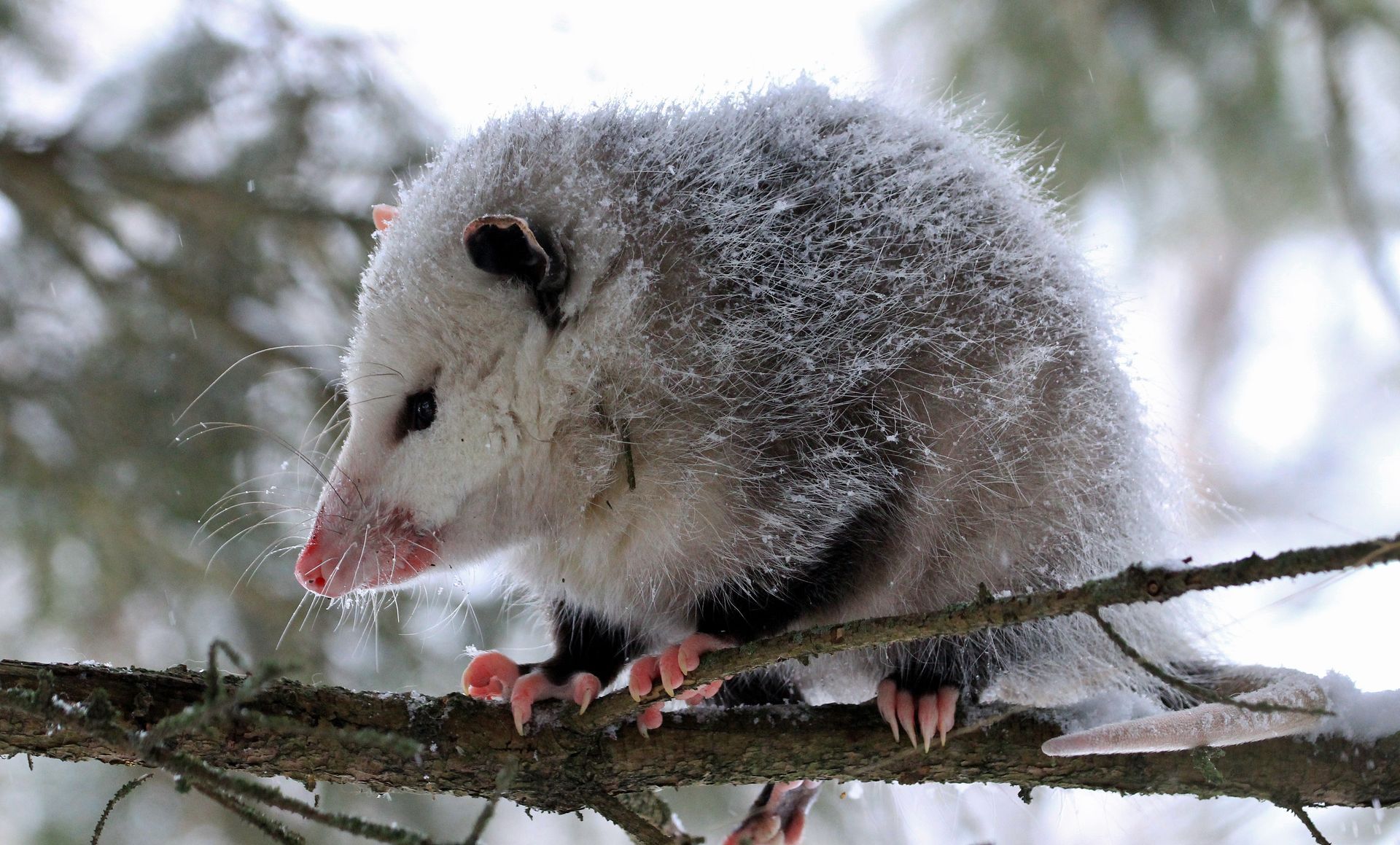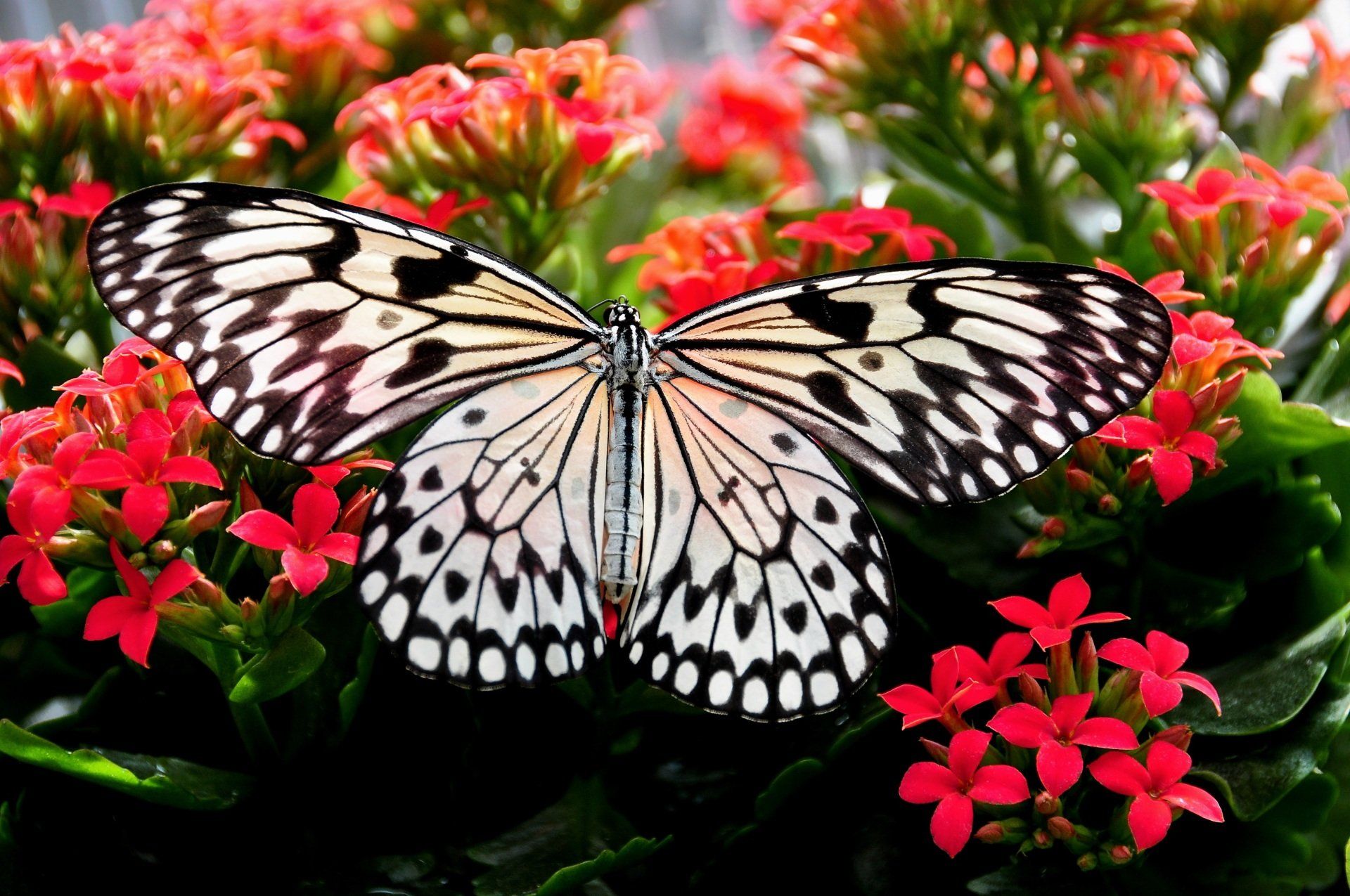Ladybugs Are Garden Helpers
Have you ever spotted a bright red ladybug perched on a leaf or flower? These tiny beetles aren’t just fun to find—they’re also some of the best helpers a backyard can have!
Ladybugs might look small, but they do a great job protecting plants. Ladybugs are carnivores, which means they eat other insects. Their favorite food is aphids—tiny bugs that suck juice from plants. If too many aphids feed on a plant, the plant can die. Ladybugs help by eating lots of aphids. One ladybug can eat up to 5,000 aphids in its lifetime. They also snack on other plant pests like mealybugs and scale insects, making them natural pest control experts.
Spotting Ladybugs
If you want to find ladybugs, check your flowers, vegetable plants, and shrubs. Look closely—ladybugs like to stay where food is easy to find. They’re also fans of warm, sunny spots, so sunny corners of your yard are great places to look.
How to Attract Ladybugs
Want more ladybugs hanging around? Plant flowers like daisies, sunflowers, and marigolds to bring them in. Ladybugs love the colors and shelter that the plants provide. Leaving some leaves or mulch around also gives them safe places to hide and hibernate. And remember—avoid using harsh pesticides. They can harm ladybugs and other helpful insects.
Outdoor Spring Cleaning-How to Protect Ladybugs
Ladybugs and many other helpful insects often spend the winter hidden in garden debris like leaf piles, hollow stems, and dead plant material. In colder months, they gather in large groups, called a "loveliness," to stay warm. You might find them tucked under tree bark, in leaf litter, or inside buildings.
It's important not to clean up your yard too early in the spring. Clearing leaves and old plants before insects emerge can disrupt their life cycles.
Here are a few general guidelines to help:
- Wait until temperatures stay around 50°F (10°C): This gives overwintering insects enough time to safely wake up and move on.
- Watch for signs in nature: In some areas, it's best to delay yard work until local plants bloom or lawns need regular mowing—both are signs that insects are active again.
You can help protect ladybugs and other important pollinators as they start a new season by waiting a little longer to clean up.
Preventing Ladybugs from Entering Your Home
As temperatures drop in the fall, ladybugs seek warm places to overwinter, which can lead them into homes. To minimize this:
- Seal Entry Points: Inspect and seal cracks around windows, doors, and utility openings.
- Install or Repair Screens: Ensure that window and door screens are intact to prevent entry.
- Use Natural Repellents: Citrus-scented cleaners or diluted vinegar sprays can deter ladybugs from entering.
- Vacuum Gently: If ladybugs do enter, use a vacuum to collect them and release them outdoors promptly.
